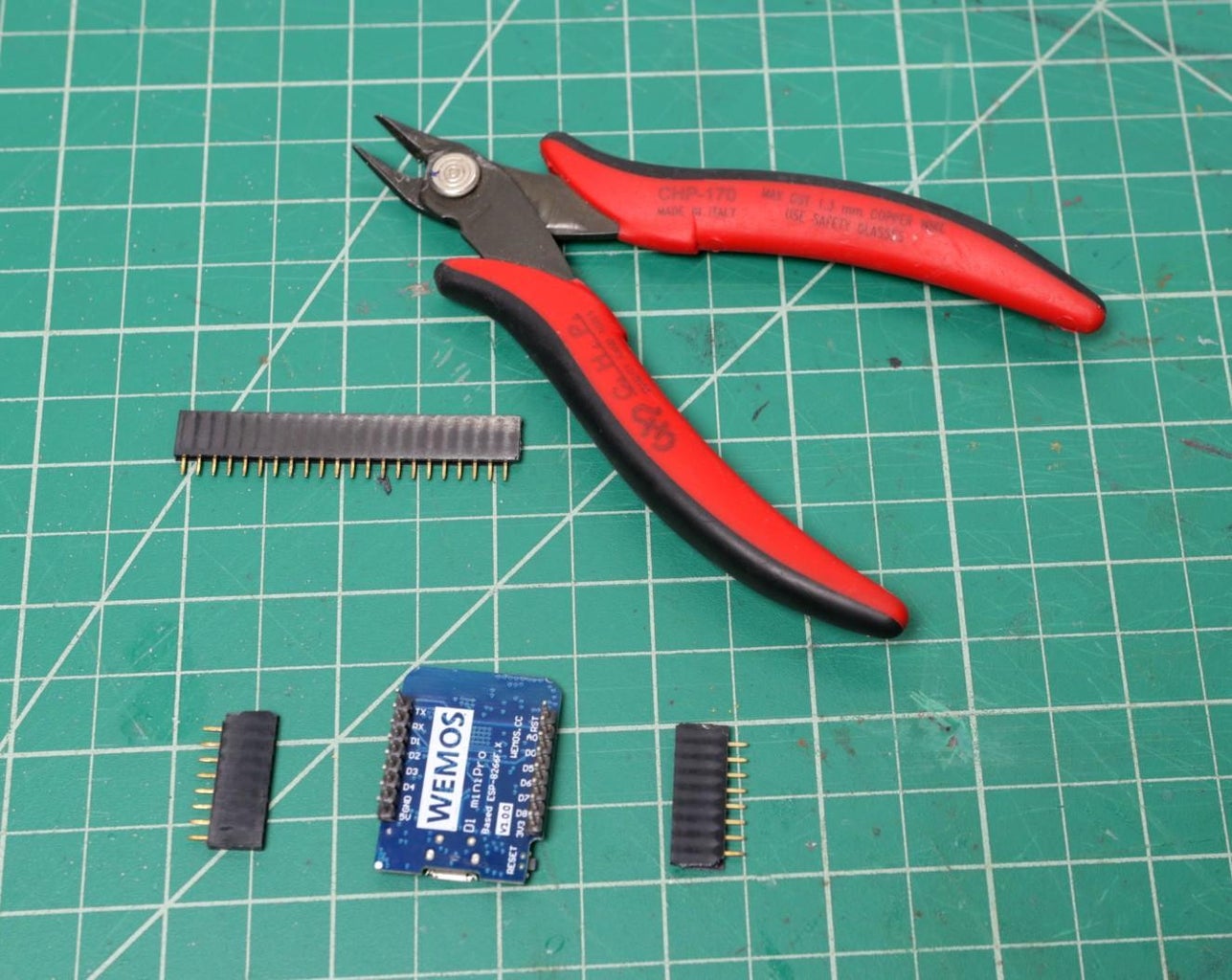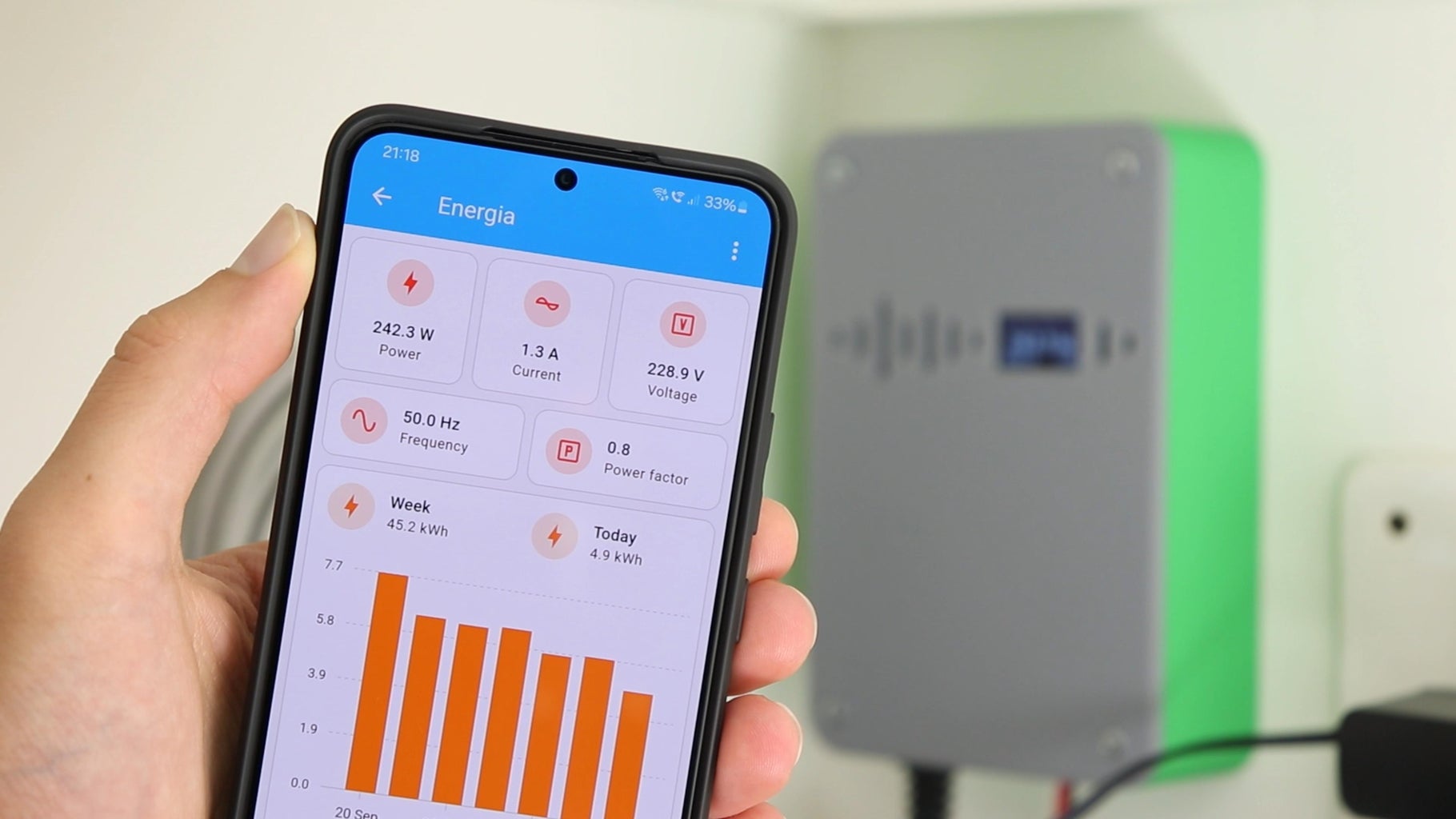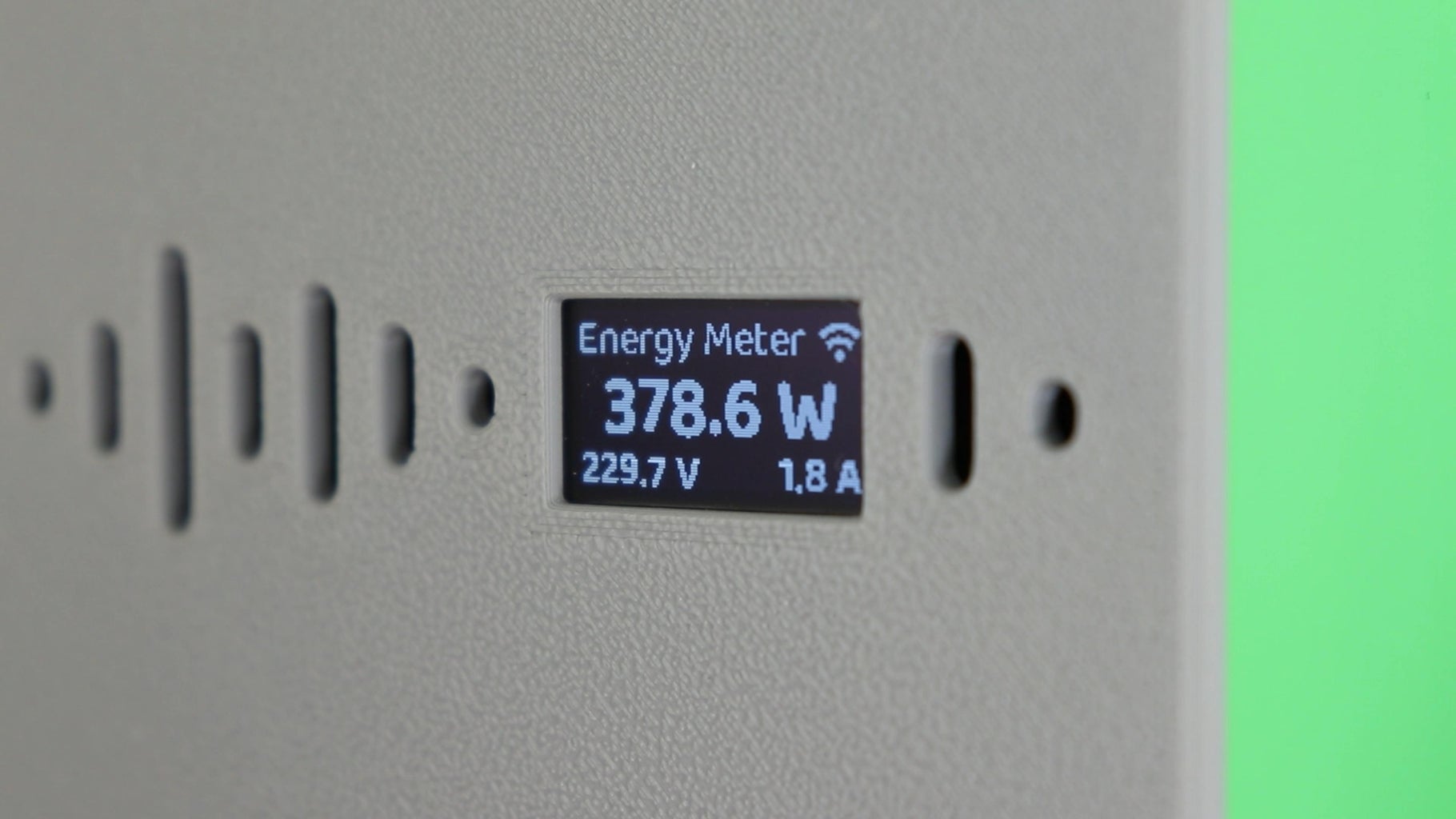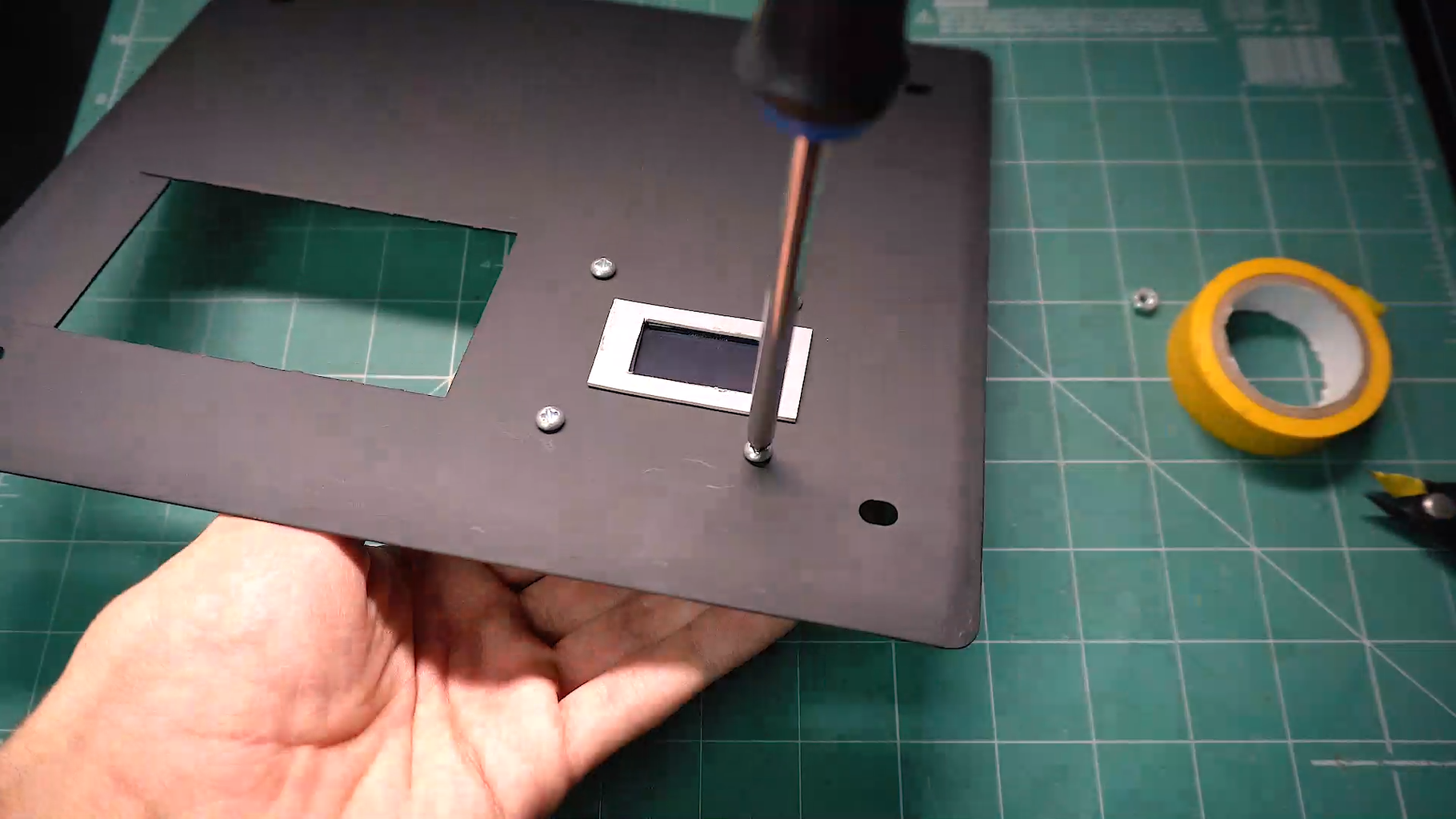DIY Multifunction Energy Meter V20 12 Steps with Pictures Circuit Diagram
BlogDIY Multifunction Energy Meter V20 12 Steps with Pictures Circuit Diagram In this cabinet I mounted the energy meter on the wall using a wall plug; in order to screw the energy meter to the wall, I drilled a hole in the back of the 3D printed box. Lastly I connected the current clamp cable to the energy meter module, closed the lid and finally plugged in the energy meter.

In this informative video, we guide you through the process of creating a DIY energy meter specifically designed for household appliances and electrical devi Cutting your household's energy use means knowing exactly how much energy you're using in the first place. This is something that can be done with the help of a simple energy meter - a device that sits between the appliance in question and the wall outlet. Energy monitoring will not only help you to save money. By using this Energy Meter, you can measure the power consumption of any home appliance. At the end of the project, I made a nice 3D-printed enclosure for this project. The goal of creating more awareness about energy consumption would be optimization and reduction in energy usage by the user.

Simple Arduino Home Energy Meter Circuit Diagram
Learn how to build a smart IoT-based energy monitoring device to see real-time energy usage right on your smartphone. Learn how to build a smart IoT-based energy monitoring device to see real-time energy usage right on your smartphone. How to Build a DIY Household Energy Monitor Using ESP8266 Energy Conservation. By Ravi Singh. Published

A start to finish guide to building your own Arduino based home energy meter. Monitor your homes energy consumption and start saving on your electrical bill //Michael Klements //The DIY Life //27 October 2014 #include

DIY Smart Energy Meter With ESP32 + Home Assistant Circuit Diagram
Building on the concept of whole-house monitoring, a WiFi-enabled energy logger takes the idea a step further by integrating network connectivity. This DIY project allows you to track your home's energy consumption in real-time and access the data remotely through a web interface or mobile app.. To create this system, you'll need a microcontroller with WiFi capabilities, such as an ESP8266 or
